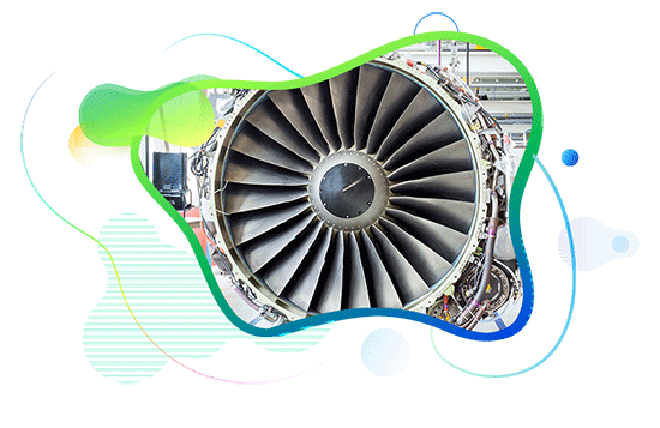
How Asset Tracking in MRO Boosts Efficiency in the Aviation Industry
Published :
In the high-stakes world of aerospace maintenance, repair, and overhaul (MRO), unplanned downtime, misplaced parts, and compliance risks aren’t just inconveniences—they’re multimillion-dollar threats. For MRO managers and engineers, the pressure to optimize asset utilization while adhering to stringent regulations is relentless.
Enter asset tracking in MRO: a game-changer that empowers teams to monitor assets in real time, slash downtime, and ensure compliance across the asset lifecycle.
Aerospace MRO operations face four critical pain points:
For decision-makers, these challenges threaten profitability, safety, and reputational integrity.
Asset tracking in MRO leverages IoT sensors, RFID tags, and cloud-based platforms to provide:
For example, RFID tags on aircraft components enable Boeing to reduce part search times by 70%, directly addressing visibility gaps.
A major aerospace manufacturer integrated RFID-based asset tracking in MRO across its network to achieve:
HAECO (Hong Kong Aircraft Engineering Company): HAECO, a large MRO provider, utilizes a combination of technologies, including RFID and barcode scanning, to manage their extensive inventory of aircraft parts and tooling. Their system integrates with their maintenance management software, providing real-time visibility into the location and status of assets. This enables them to optimize inventory levels, improve tool availability, and streamline maintenance workflows. They've been cited in industry publications discussing the benefits of their tracking system in terms of efficiency gains and improved customer service. Again, specific implementation details are usually kept confidential for competitive reasons.
Ramco’s cloud-based platform combines IoT, AI, and mobility to deliver:
Used by leading aerospace firms, asset tracking in MRO with Ramco reduces manual workflows by 80% and improves asset utilization.
Asset tracking in MRO isn’t just a tool—it’s a strategic imperative. For MRO managers and engineers, adopting this technology means transforming operational chaos into streamlined efficiency, turning compliance from a burden into a benchmark, and unlocking millions in savings.
Ready to eliminate downtime and compliance risks? Discover how Ramco’s Asset Tracking Solution can revolutionize your MRO operations. Learn how Ramco’s in-built asset tracking technology can streamline your MRO operations. Get in touch to schedule a demo
Enterprise asset management (EAM) involves the management of mission critical assets of an organization throughout each asset's lifecycle. EAM is used to plan, optimize, execute, and track the needed maintenance activities with the associated priorities, skills, materials, tools, and information. The aim is to optimize the quality and utilization of assets throughout their lifecycle, increase productive uptime and reduce operational costs.
Enterprise asset management (EAM) involves the management of the maintenance of physical assets of an organization throughout each asset's lifecycle. EAM is used to plan, optimize, execute, and track the needed maintenance activities with the associated priorities, skills, materials, tools, and information.
The software helps in effective maintenance of assets through preventive, predictive, shutdown and breakdown maintenance strategies. The system also helps enterprises mitigate equipment risks by enhanced safety standards. The streamlined operations and improved asset performance helps organizations increase their investment effectiveness.
EAM is important because it helps organizations track, assess, manage and optimize asset quality and reliability. Asset intensive Organizations have hundreds, thousands, even millions of assets which needs to be maintained to maximize / optimize life of these assets to increase the return on investment.
The key features of effective EAM are:
Asset Intensive companies under the following Industries :
Contact us for a meeting and schedule a demo
This differs on case to case basis, based on the type of installation and unique industry specific requirements. Contact us for a meeting and schedule a demo.
This differs on case to case basis, based on the type of installation and unique industry specific requirements. Contact us for a meeting and schedule a demo.
Stay Connected, follow us on LinkedIn / Twitter to know more about EAM Software latest trends.

All Rights Reserved. © Copyright 2024. Ramco Systems.